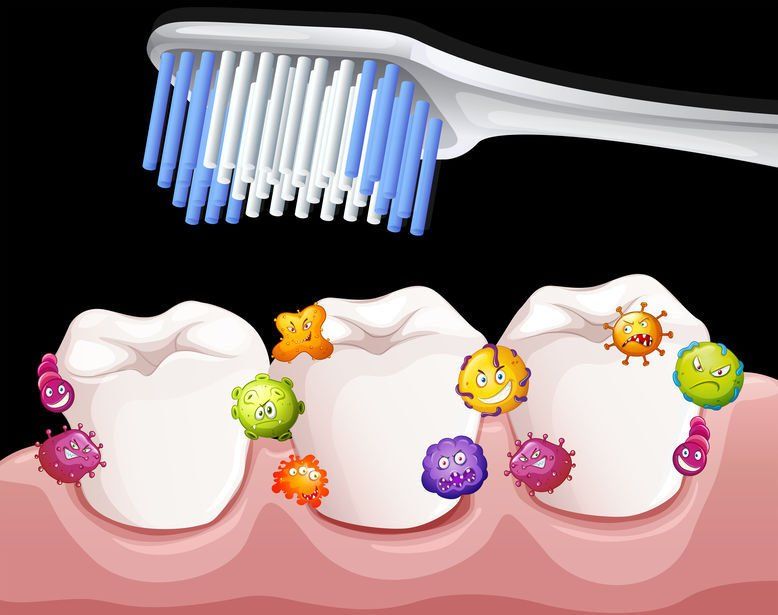5 Foods That Are Surprisingly Bad for Your Teeth
- By Mary Marks
- •
- 15 Apr, 2021
- •

For the past 40 years, researchers in the field of dentistry
have increasingly focused on studying how eating habits can influence the
health of teeth and gums. You can find good information from dental offices likeClarkson Dental
to discuss what you can be doing better for good oral health.
There are some foods that you may not have consider unhealthy for your teeth, but they are actually surprisingly bad.
1. Vitamin C that melts in the oral cavity before being swallowed, as well as effervescent liquid medicines or syrups (against fever, pain) are an imminent danger to the teeth, as they contain acidic substances and a large amount of sugar that is quickly distributed on the surface of the teeth and between them, leading to the formation of cavities.
2. Colored fruits, such as berries, cherries, sour cherries - although healthy for the body, they cause tooth staining. So, if you like them very much, make sure you rinse your mouth with water after eating them and, if it is possible, brush your teeth.
3. Sauces (tomato, mustard etc.) – in time, they produce a change in the color and shine of the teeth.
4. Curry and foods containing this Indian ingredient are composed of an intense yellow pigment that will stain your teeth.
5. Foods high in carbohydrates (pasta al dente, white bread, French fries, white rice) - although they do not taste sweet, they begin to be turned into sugar by bacteria in the mouth and enzymes present in the saliva, almost as soon as they are introduced into the oral cavity.





Although oral sedation dentistry Highlands Ranch is one of the optionsavailable for managing anxiety and discomfort during oral surgery, you certainly do not need to use it all the time. As a matter of fact, the exact type of sedation or anesthesia that you receive during oral procedures may depend on various factors, such as the complexity of the procedure, your medical problems, as well as your doctor’s preferences.
There can be several different levels of sedation that can be used in oral surgery. Local anesthesia is one of them. This involves injecting anesthetic medication into the specific area where the surgery will take place. It numbs the area and is often used for less invasive procedures.
Oral sedation involves taking medication in the form of a pill to induce a state of relaxation and drowsiness. The patient is still conscious, but he/she may not be fully aware of the procedure. At any rate, sedation helps him/her get rid of anxiety.
In the case of intravenous sedation, medication is administered through a vein, which induces a deeper state of sedation than oral sedation. Patients may still be conscious, but they are less aware of their surroundings and may not remember the procedure.





